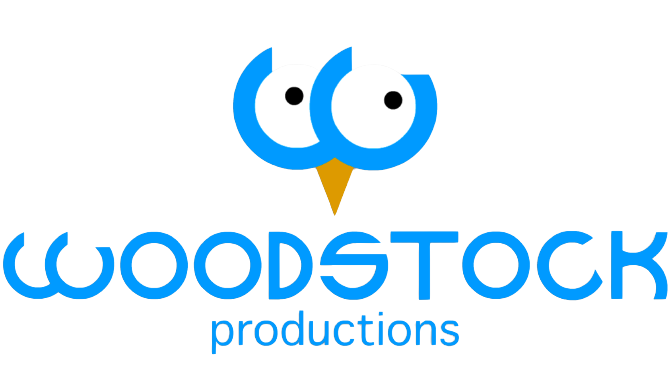Translating Ideas into Code: A Guide to Game Programming
Whether you're a seasoned developer or a beginner, the journey from a game idea to functional code can be both challenging and rewarding. In this guide, we'll explore the key steps to effectively translate your ideas into code for game development.
Define Your Game Concept:
Clearly articulate your game idea. Outline the gameplay mechanics, characters, storyline, and any unique features.
Consider creating a design document to serve as a roadmap for your project. This document should include the game's purpose, target audience, and a comprehensive overview of its elements.
Choose the Right Development Tools:
Select a game development environment that aligns with your project's requirements. Popular choices include Unity, Unreal Engine, and Godot.
Familiarize yourself with the chosen tools and their documentation. Understanding the capabilities and limitations of your development environment is crucial for efficient coding.
Break Down the Game into Components:
Divide your game concept into smaller, manageable components. This makes the development process more manageable and helps you focus on one aspect at a time.
Identify core systems such as graphics, physics, user input, and artificial intelligence. This breakdown facilitates a modular approach to coding.
Design the Architecture:
Establish a solid architectural foundation for your game. Decide on a programming paradigm (e.g., object-oriented programming) and design patterns that suit your project.
Plan the relationships between different components and how data will flow through the system. A well-thought-out architecture enhances code maintainability and scalability.
Start with Prototyping:
Develop a basic prototype to test fundamental game mechanics. This allows you to experiment with ideas without committing to a fully fleshed-out implementation.
Prototyping provides valuable insights into the feasibility of your concepts and helps identify potential challenges early in the development process.
Iterate and Refine:
Embrace an iterative development process. Regularly playtest your game, gather feedback, and make necessary adjustments to the code.
Use version control systems like Git to track changes and collaborate with others. This ensures a stable development environment and facilitates team collaboration.
Implement Art and Assets:
Integrate graphics, audio, and other assets into your game. Ensure that these elements complement the overall aesthetic and contribute to the desired player experience.
Optimize asset management to balance visual quality with performance, especially for resource-intensive games.
Debugging and Optimization:
Thoroughly test your game to identify and fix bugs. Utilize debugging tools provided by your development environment.
Optimize code for performance, considering factors such as rendering efficiency, memory usage, and loading times. Strive for a balance between visual quality and smooth gameplay.
Document Your Code:
Maintain comprehensive documentation throughout the development process. This is essential for understanding your codebase, especially if others join the project.
Include comments, create documentation files, and use naming conventions that enhance code readability.
Prepare for Deployment:
Once satisfied with your game, prepare it for deployment. Consider platform-specific requirements and guidelines.
Test your game on various devices to ensure compatibility and address any platform-specific issues.
Translating ideas into code for game programming is a multi-faceted process that requires a combination of creativity, technical skill, and perseverance. By following these steps and embracing a systematic approach, you can bring your gaming vision to life and create an engaging and enjoyable experience for players. Remember, game development is a continuous learning journey, so stay curious and keep refining your skills.


